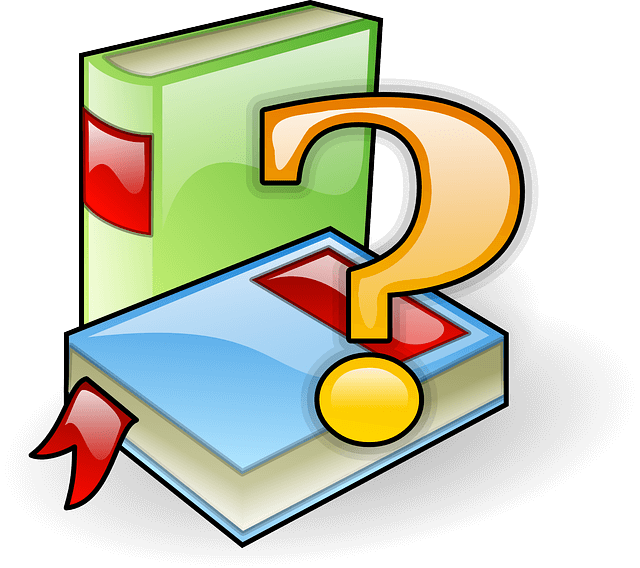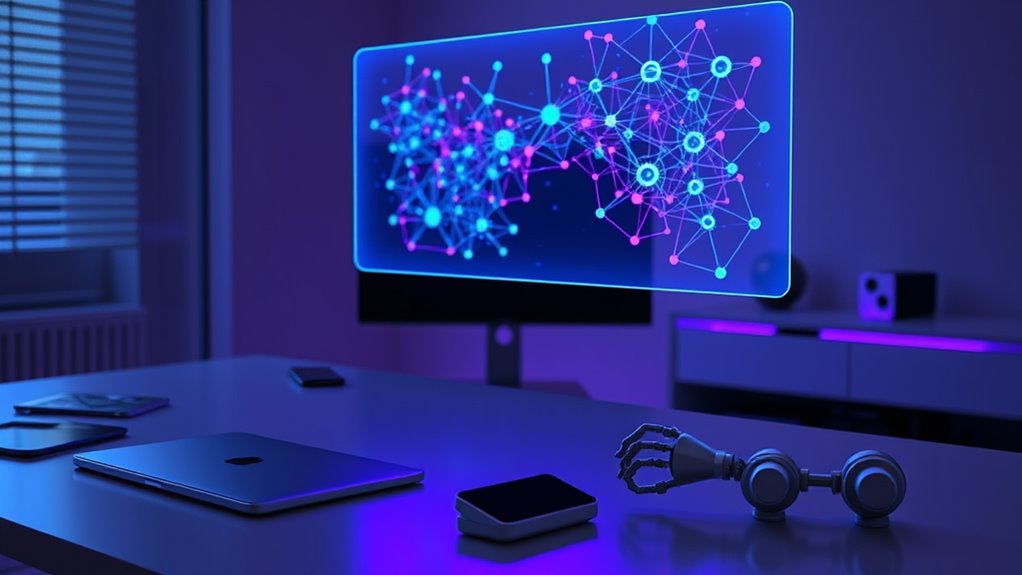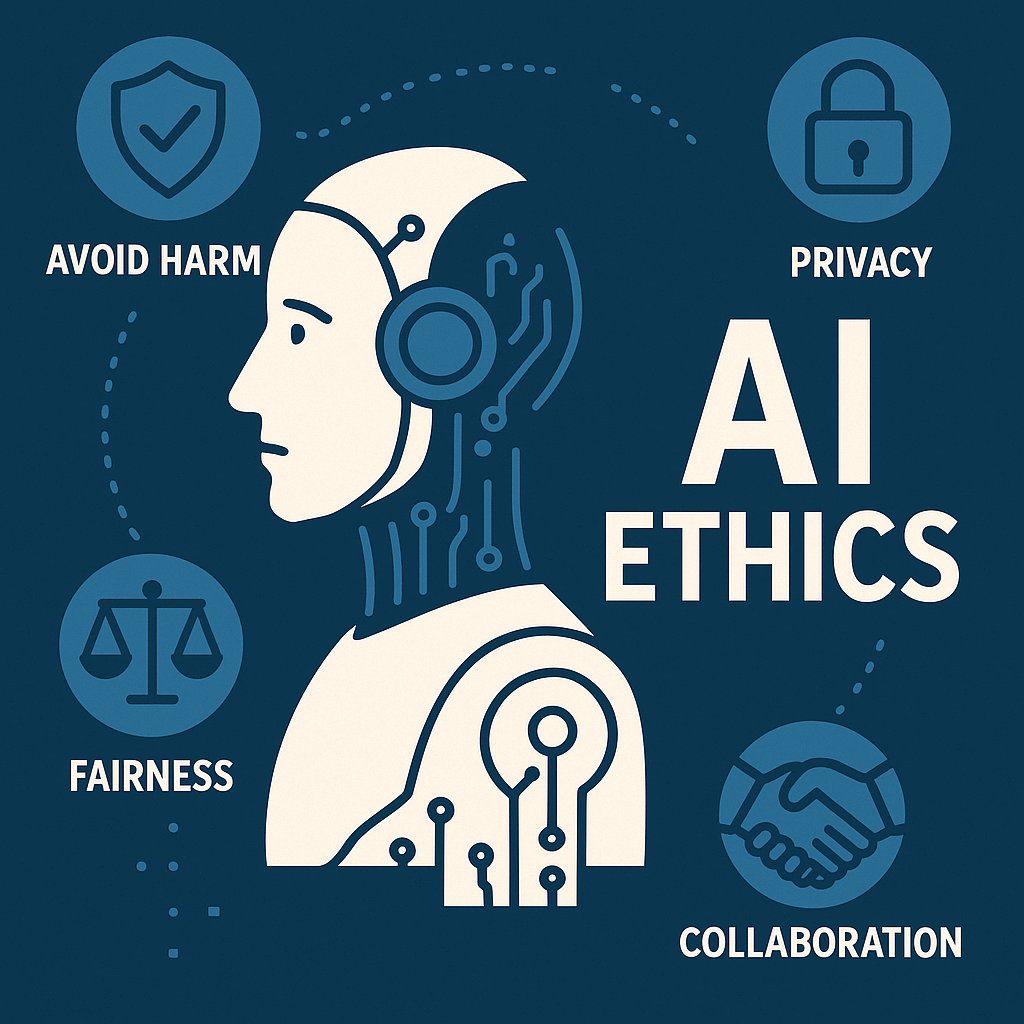As technology races forward, citing AI-generated content has become a key topic in research and writing. More people are using AI tools to create text, images, and data. This makes it super important to give credit where it’s due. Citing AI helps keep things ethical and honest in research. Different style guides like APA, MLA, and Chicago have their own rules for how to do this. Each one handles AI content a bit differently, which can be tricky to follow.
APA style, for example, treats AI tools as authors. If someone uses ChatGPT, they’d cite it with the name OpenAI and the year, like (OpenAI, 2023). They also list details like the version and a web link in a full reference. Additionally, APA recommends crediting the algorithm author explicitly to ensure proper attribution of AI-generated content (algorithm author credit).
APA style recognizes AI tools like ChatGPT as authors, citing them as (OpenAI, 2023) with version details and a web link included.
MLA, on the other hand, doesn’t usually give authorship to AI. Instead, it sees these tools more as sources to mention rather than creators. Chicago style takes another path, treating AI content like personal messages. It often uses in-text mentions or footnotes but doesn’t list AI in a bibliography. Furthermore, detecting AI-generated content can be challenging, and tools like AI plagiarism detectors are increasingly used to maintain academic integrity.
Things get even more complicated because these rules aren’t set in stone. As AI tech grows, citation styles keep changing. Some AI tools now let users share session links, which might affect how citations work in the future. There’s also a big debate about whether AI should be seen as an author at all. APA says yes, MLA says no, and Chicago sits somewhere in between. This lack of agreement makes it hard to have consistent rules across different fields of study.
Another challenge is figuring out how to handle the ethics of using AI content. Researchers want to make sure they’re not taking credit for something an AI made. Plus, as guidelines evolve, it’s tough to keep up with the latest updates. Each style guide might shift its rules as AI gets smarter and more common in schools and workplaces.
Looking ahead, it’s clear that citing AI will keep being a hot topic. New ideas and tools could change how these citations are done. For now, the differences between APA, MLA, and Chicago show just how much thought is going into this issue.









